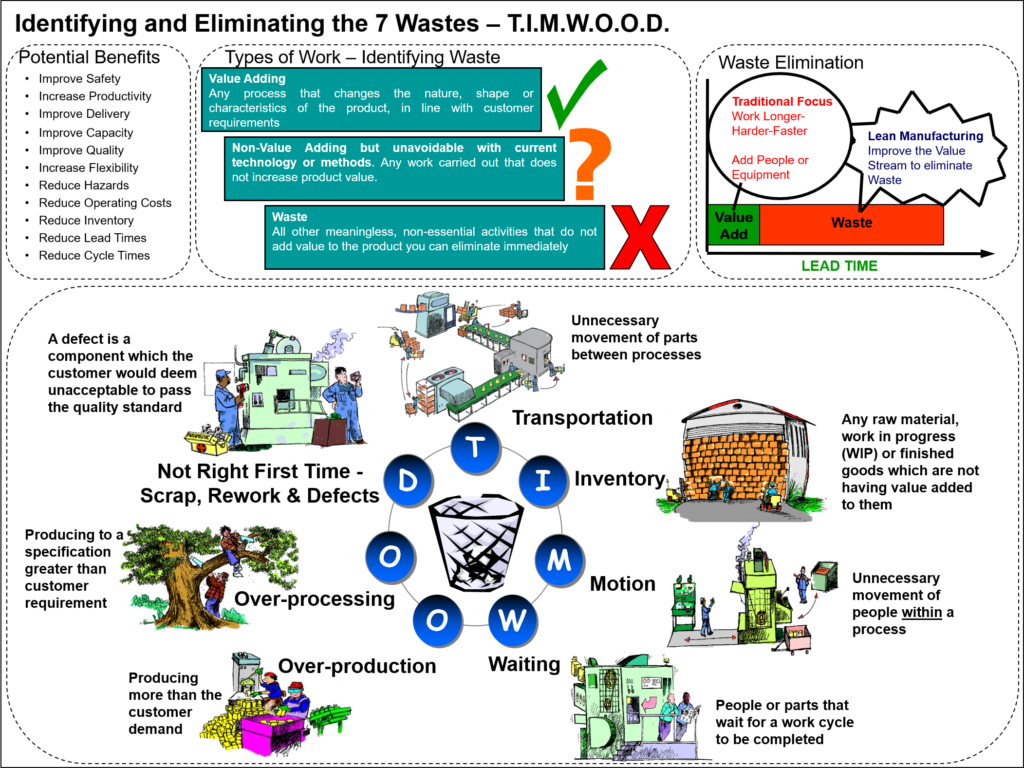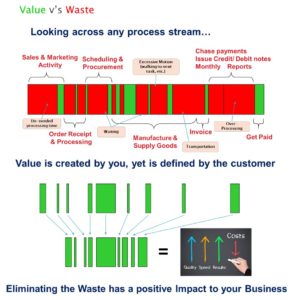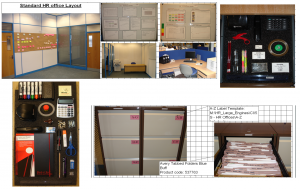In today’s highly competitive and ever-changing business environment, manufacturers need an effective way to align their teams and departments towards a unified strategic objective. The Hoshin Kanri Strategic Planning Process, originating in Japan, may just be the perfect answer to achieving this coherence. In this blog post, we will explore what Hoshin Kanri is, why it was developed, how you can implement it, and how it can help you align your team’s goals into an overarching strategy.
What is the Hoshin Kanri Strategic Planning Process?
Hoshin Kanri, which translates to “compass management” or “policy deployment,” is a strategic planning process designed to help organisations define their strategic goals, allocate resources, and ensure continuous improvement in their performance. It involves a top-down and bottom-up approach, with senior management setting the strategic direction and all levels of management/employees through-out the business implementing the strategy and delivering results.
Why was Hoshin Kanri developed?
The Hoshin Kanri process traces its origins to the 1950/60s when Japanese companies needed a method to effectively integrate innovation, continuous improvement, and long-term planning. The methodology was born out of Japanese management culture and, at its core, emphasises collaboration, communication, and organisational alignment. Over the years, the adoption of Hoshin Kanri has spread worldwide, thanks to its ability to link strategic goals with everyday operations.
How to implement the Hoshin Kanri Strategic Planning Process
Implementing Hoshin Kanri involves several steps:
- Establish strategic goals: Senior management identifies the organisation’s strategic objectives, which should be derived from the company’s vision and mission.
- Translate goals into measurable objectives: Break down strategic goals into smaller, measurable objectives. This helps clarify expectations, enables monitoring progress, and ensures everyone is working toward the same end.
- Cascade objectives throughout the organisation: Communicate the objectives to each department or team within the company. Managers must then translate these objectives into actions that their teams will undertake to align with the overall strategy.
- Monitor and review performance: Develop a system to review progress against the objectives. This involves tracking performance indicators, checking in with project milestones, and analysing the reasons for delays or variances.
- Annual and Quarterly Hoshin reviews: Conduct annual reviews to assess the performance and make necessary adjustments. Quarterly reviews should also be carried out to ensure that the strategy remains relevant and responsive to any changes in the business environment.
- Learn and improve: Encourage a culture of learning and continuous improvement through regular feedback, analysis of results, and identification of areas for improvement.
How Hoshin Kanri can help align your team’s goals
The Hoshin Kanri process is designed to facilitate organisational alignment and create a clear roadmap towards your strategic objectives. By breaking down high-level goals into measurable objectives and cascading them through all levels of the organisation, Hoshin Kanri can help ensure that everyone is working towards the same vision. This, in turn, fosters a sense of purpose and cohesiveness within the company, driving employees to work together as a unified force. Moreover, the process emphasises continuous improvement, which keeps teams motivated and focused on delivering their best performance.
Key Benefits of Hoshin Kanri
The Hoshin Kanri approach provides a number of benefits to organisations striving to maintain strategy alignment, emphasise innovation, and enhance organisational performance. Here are some of the key benefits:
- Alignment of Organisational Goals: Hoshin Kanri effectively aligns all levels of your organisation behind the same strategic goals. This ensures that every team and individual in your organisation understands their role and how their work contributes to the larger objectives.
- Improves Communication: By cascading goals throughout the organisation, Hoshin Kanri encourages clear, consistent communication between all levels of the company. This can help foster a greater sense of unity and teamwork, as well as prevent misunderstandings or disconnects between different teams or departments.
- Focus on Strategic Priorities: Hoshin Kanri emphasises concentrating resources and efforts on a few key strategic initiatives. This helps prevent spreading resources too thin and ensures that everyone’s efforts are focused on achieving the most important goals.
- Continuous Improvement: Hoshin Kanri promotes a culture of continuous improvement. By regularly reviewing and adjusting goals and strategies, organisations can ensure they are always moving forward and evolving to meet changing market demands.
- Performance Measurement: Through the continuous review process, Hoshin Kanri provides a way to measure the organisation’s progress towards its goals. Tracking key performance indicators (KPIs) and other metrics can provide valuable insights into organisational performance and highlight areas for improvement.
In implementing the Hoshin Kanri strategic planning process, organisations can unlock these benefits, driving better performance, increased alignment, and ultimately, achieving strategic goals.
Key Takeaway:
The Hoshin Kanri Strategic Planning Process is an invaluable tool for organisations seeking to achieve alignment and execute their strategic vision effectively. By implementing this proven methodology, you can create a clear roadmap for success, foster a culture of continuous improvement, and ensure that your entire team is working towards a unified strategic goal. If you’re looking to get the best from your Time, Money and Resources this is the way to do it!.
PS: 💡 If you would like to know more regarding Hoshin Kanri please do get in contact, Adam Payne our Managing Director has implemented this in a number of businesses, from SMEs to Global Power Houses with huge success.













